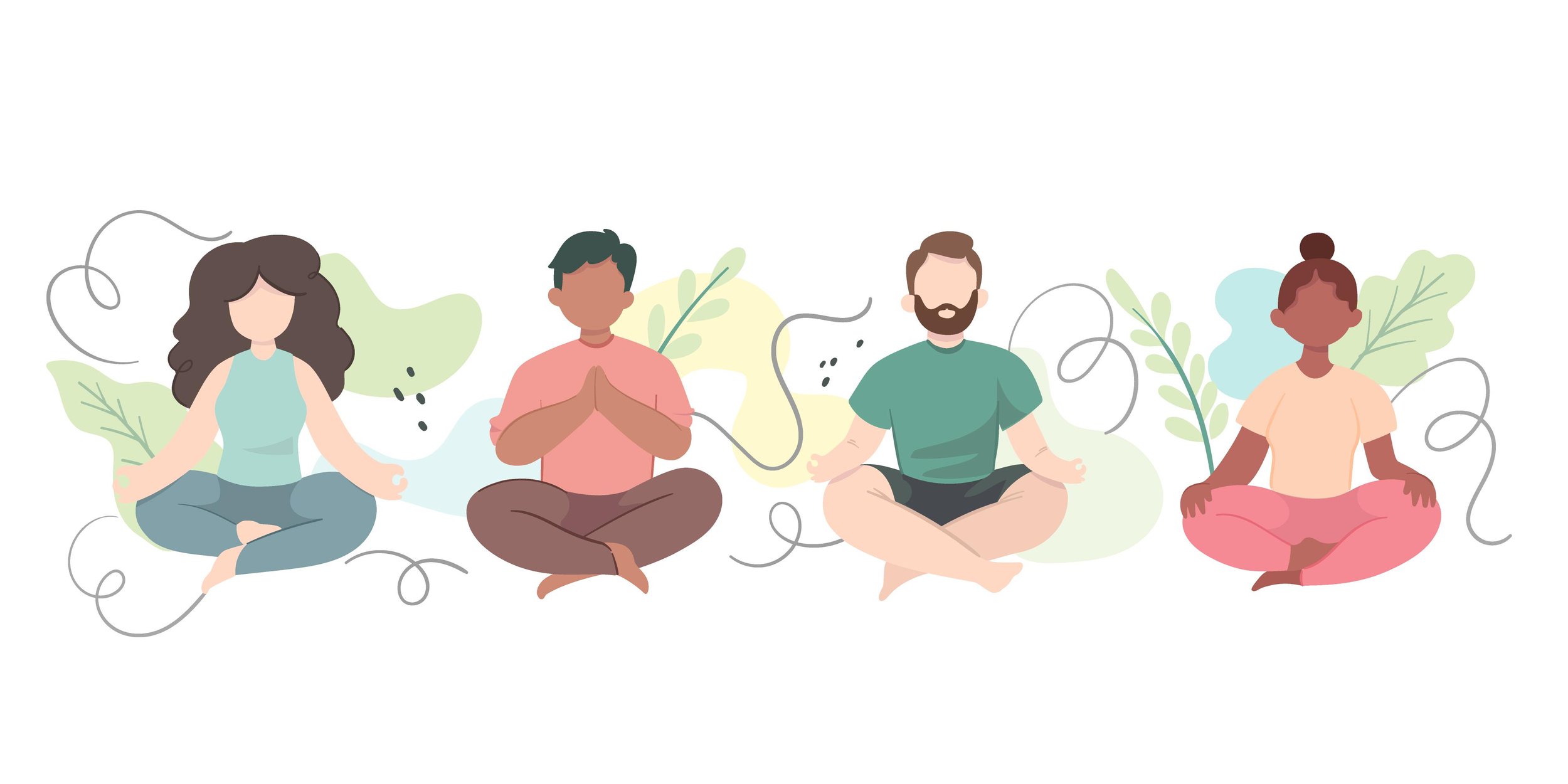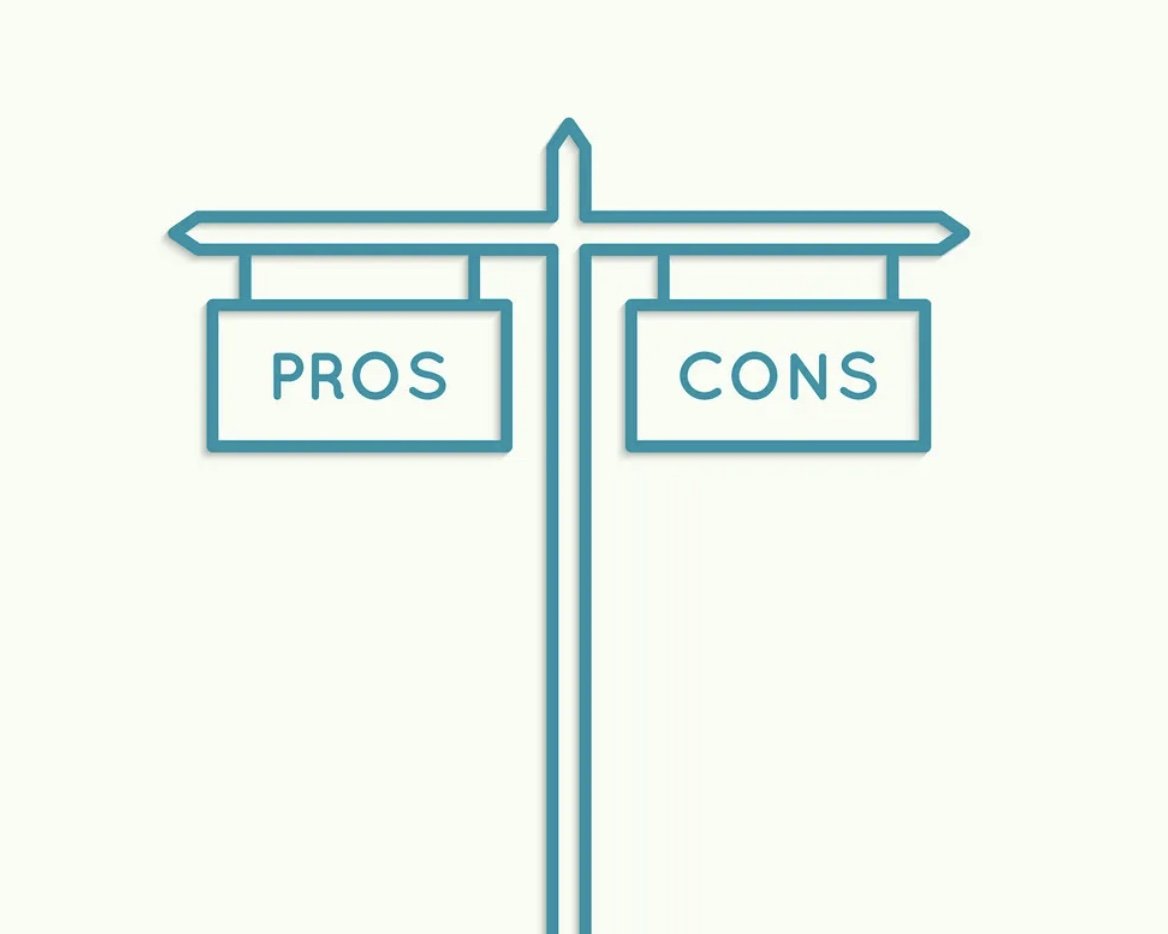Put You Family Values on Your Fridge
/By anne decore, lmft
Creating a family values statement is a thought-provoking and bonding exercise for families to engage in together. The process of forming a statement provides children an opportunity to feel valued and included in family decisions and gives them an opportunity to practice important skills like self-expression and perspective-taking.
Below are questions that are meant to spark deep reflections and discussions among family members. By exploring these brainstorming questions together, you can uncover and articulate the values that are most important to you.
What does our family believe in and stand for?
What are the core principles and virtues that are most important to our family?
What kind of family culture do we want to cultivate?
What values do we want to pass on to future generations?
What are our family's strengths and unique qualities?
What values will help us navigate challenges and difficult times together?
How do we want to treat one another as family members?
What values do we want to embody in our relationships with others outside the family?
How do we want to contribute to our community and the world at large?
Now you have a list of words and ideas. Next, define each value. Take each value identified and define it clearly. Discuss as a family what each value means to you and how it will be manifest in your daily lives. For example, if one of your values is "respect," discuss what respect looks like in your interactions with each other and others outside the family.
Then, craft the statement. Have fun with this. Let everyone contribute so that it reflects your collective vision and aspirations, your family spirit. Make it memorable and easy to understand for everyone in the family.
Display and revisit regularly. Once finalized, display the family values statement prominently in your home where everyone can see it (I like the fridge because it gets a lot of traffic!). This serves as a reminder and reinforces the importance of living by those values. Regularly revisit and discuss the statement as a family, revising as necessary if you feel you need to add or tweak your existing statement.
A family values statement provides a guiding framework that helps connect family members and shapes the identity of the family. It serves as a touchstone in decision-making and offers a common language for reinforcing positive behaviors and addressing conflicts within the family.




















